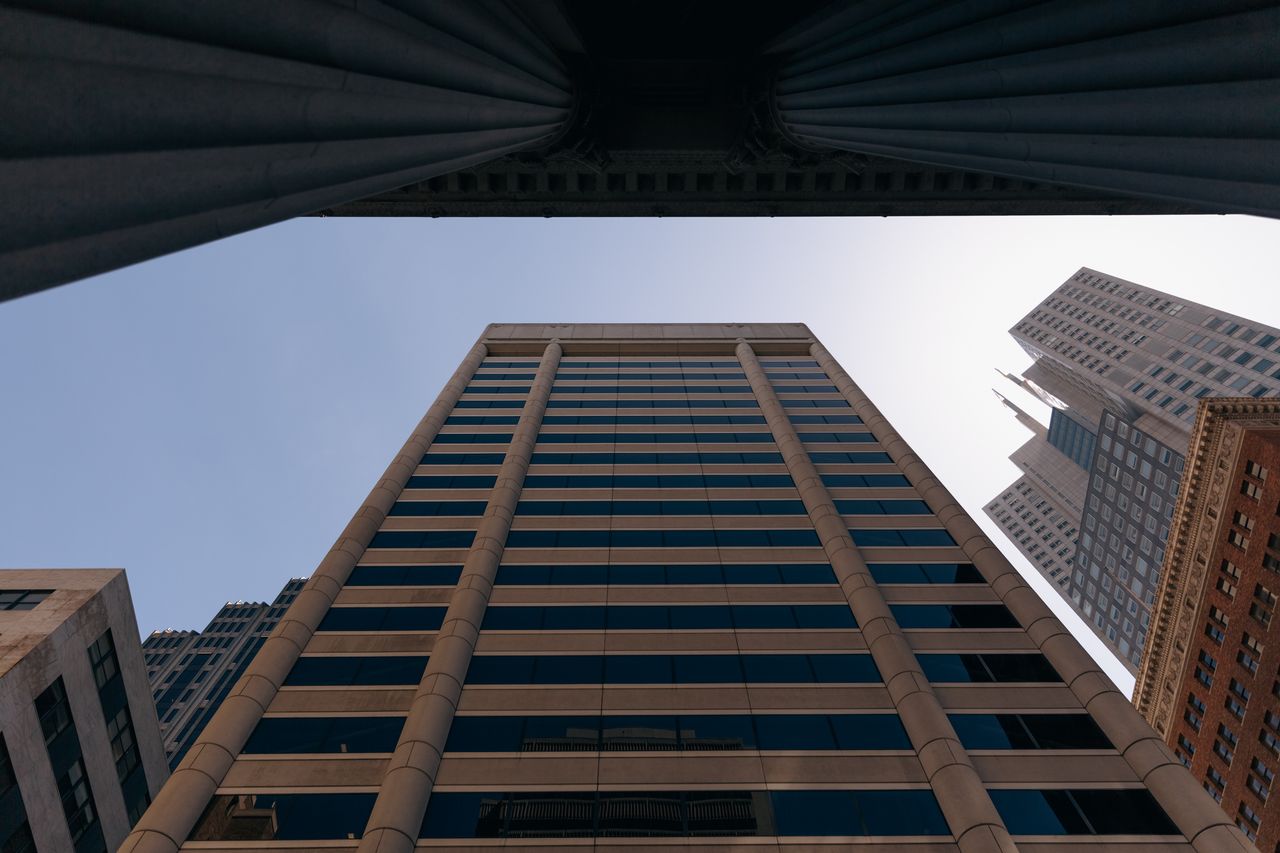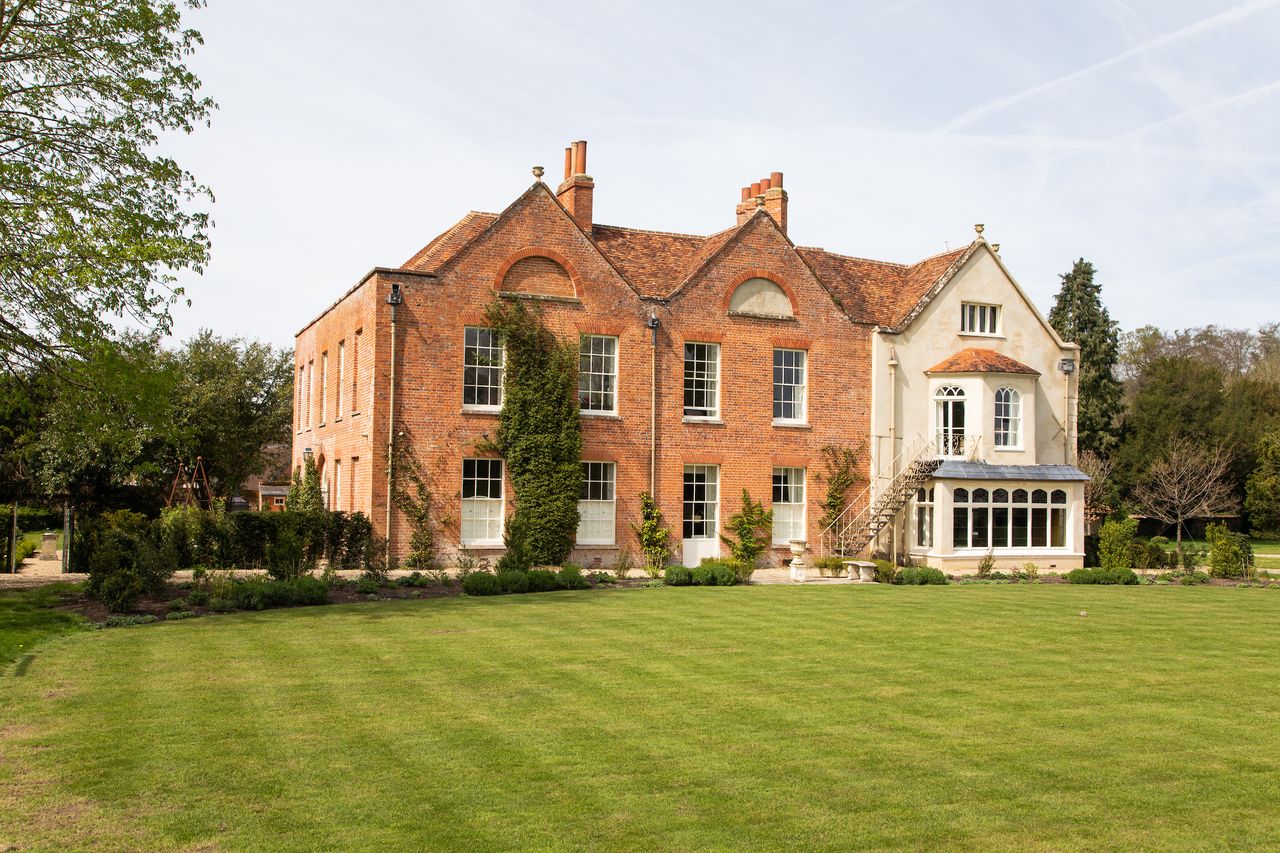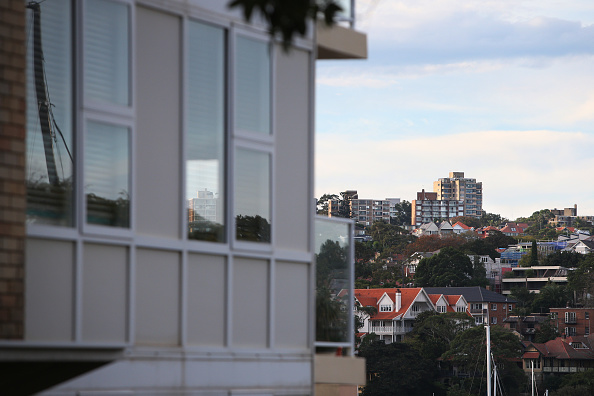The Office Market Had It Hard in 2023. Next Year Looks Worse.
Office building owners are losing hope that occupancy rates will rebound soon
Office building owners, hammered by falling demand and high interest rates, struggled in 2023. But they mostly managed to stay afloat.
That is going to be a lot harder to do next year.
Many landlords have been able to extend their loans, often by putting in more capital. But a lot of those extensions are now expiring, and owners are losing hope that occupancy rates will rebound soon.
That means many more office landlords will be compelled to pay off their mortgages, sell their properties at a steep discount or hand their buildings over to their creditors.
“In 2024, it’s game time,” said Scott Rechler, chief executive of RXR Realty, a major owner of office buildings in the New York region. “Owners and lenders are going to have to come to terms as to where values are, where debt needs to be and right-sizing capital structures for these buildings to be successful.”
Office demand shows no sign of returning to pre pandemic levels. While the number of full-time remote employees has dwindled, hybrid workplace policies look here to stay. In the fourth quarter, 62% of U.S. businesses allowed employees to work from home some days of the week, up from 51% in the first quarter, according to Scoop Technologies.
Return-to-office rates also stalled for most of 2023. Kastle Systems, which tracks security-card swipes in 10 major U.S. cities, said that average office attendance is about half of its pre pandemic level. Placer.ai, which tracks mobile phone data, puts it in the 60% to 65% range. But it also said the return rate has topped out.
The office market has shown “some monthly fluctuations but little real change in the overall trajectory,” Placer.ai said in a November report.
The U.S. office vacancy rate stands at a record 13.6%, up from 9.4% at the end of 2019, according to data firm CoStar Group. The firm is forecasting it will rise to 15.7% by the end of 2024 and will peak above 17% by the end of 2026.
That vacancy rate is poised to push higher because nearly half of office leases signed before the pandemic haven’t expired, CoStar said. When they do, many of the businesses will likely take less space than they are currently occupying, whether they are renewing or relocating.
Take the case of Chicago law firm Neal Gerber Eisenberg, which signed one of the city’s largest 2023 office leases earlier this fall. The firm, which has grown steadily throughout the pandemic, adopted a policy that requires employees to work from the office at least eight days a month. Neal Gerber leased 90,000 square feet at its new location, down from the 113,000 square feet it will be giving up.
Beyond the longer-term decline in demand, office landlords are still contending with high interest rates. Landlords that have to refinance debt borrowed when rates were at historic lows will face much higher borrowing costs as high vacancy is putting rents and incomes under pressure.
In recent weeks, inflation has been declining and the Federal Reserve is likely to ease interest rates in 2024. That will soften the blow. But landlords still face a financial squeeze, analysts say.
“If you have a mortgage that’s expiring at 3% or 4%, there’s no way you’re refinancing at 3% or 4%,” said Steve Sakwa, an analyst with Evercore ISI. Even though rates have come down, he added, property owners are still looking at rates that could be double their expiring rates to refinance.
Not all the signals are bleak for the office market in 2024. Demand is still strong for the highest quality and best-located space in many markets from tenants willing to pay high rents to encourage employees to return to offices.
Developers have retreated from new construction in the sector, so there’s little competition from new supply. The 30 million square feet in office construction starts in 2023 was the lowest amount since 2010, according to CoStar.
Cities such as San Francisco, New York and Boston are lowering costs and streamlining the process for converting obsolete office buildings into apartments. While this isn’t expected to result in a big decline in vacancy, the actions might bring more activity to business districts, giving a psychological boost to downtown landlords and businesses.
But the steadily rising number of owners who are defaulting on their mortgages because of falling rent rolls looms over the market. The delinquency rate of bank loans and loans converted into commercial mortgage-backed securities currently is over 6% compared with below 1% before the pandemic hit, according to data firm Trepp.
High delinquencies combined with the dismal office outlook already have convinced some owners to hand properties back to lenders or sell for sharply discounted prices.
In Stamford, Conn., the owner of One Stamford Forum, a 500,000-square-foot building whose tenants include troubled Purdue Pharma, this fall gave the building back to its creditors, according to Trepp. In San Francisco, buyers have purchased office buildings like 60 Spear Street and 350 California Street for fractions of what they were worth before the pandemic.
Trepp is projecting that the office delinquency rate could be over 8% by the second half of next year. As more landlords default, the new owners that replace them—buying in at greatly reduced prices—will likely put more pressure on the market because they’ll be able to charge lower rents and still make a profit.
“What could be catastrophic is if you start seeing corporate profit pressures leading to continued or accelerated pace of office downsizing,” said Stephen Buschbom, Trepp’s research director.
 Copyright 2020, Dow Jones & Company, Inc. All Rights Reserved Worldwide. LEARN MORE
Copyright 2020, Dow Jones & Company, Inc. All Rights Reserved Worldwide. LEARN MORE
This stylish family home combines a classic palette and finishes with a flexible floorplan
Just 55 minutes from Sydney, make this your creative getaway located in the majestic Hawkesbury region.
The remote northern island wants more visitors: ‘It’s the rumbling before the herd is coming,’ one hotel manager says
As European hot spots become overcrowded , travellers are digging deeper to find those less-populated but still brag-worthy locations. Greenland, moving up the list, is bracing for its new popularity.
Aria Varasteh has been to 69 countries, including almost all of Europe. He now wants to visit more remote places and avoid spots swarmed by tourists—starting with Greenland.
“I want a taste of something different,” said the 34-year-old founder of a consulting firm serving clients in the Washington, D.C., area.
He originally planned to go to Nuuk, the island’s capital, this fall via out-of-the-way connections, given there wasn’t a nonstop flight from the U.S. But this month United Airlines announced a nonstop, four-hour flight from Newark Liberty International Airport in New Jersey to Nuuk. The route, beginning next summer, is a first for a U.S. airline, according to Greenland tourism officials.
It marks a significant milestone in the territory’s push for more international visitors. Airlines ran flights with a combined 55,000 seats to Greenland from April to August of this year, says Jens Lauridsen, chief executive officer of Greenland Airports. That figure will nearly double next year in the same period, he says, to about 105,000 seats.
The possible coming surge of travellers also presents a challenge for a vast island of 56,000 people as nearby destinations from Iceland to Spain grapple with the consequences of over tourism.
Greenlandic officials say they have watched closely and made deliberate efforts to slowly scale up their plans for visitors. An investment north of $700 million will yield three new airports, the first of which will open next month in Nuuk.
“It’s the rumbling before the herd is coming,” says Mads Mitchell, general manager of Hotel Nordbo, a 67-room property in Nuuk. The owner of his property is considering adding 50 more rooms to meet demand in the coming years.
Mitchell has recently met with travel agents from Brooklyn, N.Y., South Korea and China. He says he welcomes new tourists, but fears tourism will grow too quickly.
“Like in Barcelona, you get tired of tourists, because it’s too much and it pushes out the locals, that is my concern,” he says. “So it’s finding this balance of like showing the love for Greenland and showing the amazing possibilities, but not getting too much too fast.”
Greenland’s buildup
Greenland is an autonomous territory of Denmark more than three times the size of Texas. Tourists travel by boat or small aircraft when venturing to different regions—virtually no roads connect towns or settlements.
Greenland decided to invest in airport infrastructure in 2018 as part of an effort to expand tourism and its role in the economy, which is largely dependent on fishing and subsidies from Denmark. In the coming years, airports in Ilulissat and Qaqortoq, areas known for their scenic fjords, will open.
One narrow-body flight, like what United plans, will generate $200,000 in spending, including hotels, tours and other purchases, Lauridsen says. He calls it a “very significant economic impact.”
In 2023, foreign tourism brought a total of over $270 million to Greenland’s economy, according to Visit Greenland, the tourism and marketing arm owned by the government. Expedition cruises visit the territory, as well as adventure tours.
United will fly twice weekly to Nuuk on its 737 MAX 8, which will seat 166 passengers, starting in June .
“We look for new destinations, we look for hot destinations and destinations, most importantly, we can make money in,” Andrew Nocella , United’s chief commercial officer, said in the company’s earnings call earlier in October.
On the runway
Greenland has looked to nearby Iceland to learn from its experiences with tourism, says Air Greenland Group CEO Jacob Nitter Sørensen. Tiny Iceland still has about seven times the population of its western neighbour.
Nuuk’s new airport will become the new trans-Atlantic hub for Air Greenland, the national carrier. It flies to 14 airports and 46 heliports across the territory.
“Of course, there are discussions about avoiding mass tourism. But right now, I think there is a natural limit in terms of the receiving capacity,” Nitter says.
Air Greenland doesn’t fly nonstop from the U.S. because there isn’t currently enough space to accommodate all travellers in hotels, Nitter says. Air Greenland is building a new hotel in Ilulissat to increase capacity when the airport opens.
Nuuk has just over 550 hotel rooms, according to government documents. A tourism analysis published by Visit Greenland predicts there could be a shortage in rooms beginning in 2027. Most U.S. visitors will stay four to 10 nights, according to traveler sentiment data from Visit Greenland.
As travel picks up, visitors should expect more changes. Officials expect to pass new legislation that would further regulate tourism in time for the 2025 season. Rules on zoning would give local communities the power to limit tourism when needed, says Naaja H. Nathanielsen, minister for business, trade, raw materials, justice and gender equality.
Areas in a so-called red zone would ban tour operators. In northern Greenland, traditional hunting takes place at certain times of year and requires silence, which doesn’t work with cruise ships coming in, Nathanielsen says.
Part of the proposal would require tour operators to be locally based to ensure they pay taxes in Greenland and so that tourists receive local knowledge of the culture. Nathanielsen also plans to introduce a proposal to govern cruise tourism to ensure more travelers stay and eat locally, rather than just walk around for a few hours and grab a cup of coffee, she says.
Public sentiment has remained in favour of tourism as visitor arrivals have increased, Nathanielsen says.
—Roshan Fernandez contributed to this article.
This stylish family home combines a classic palette and finishes with a flexible floorplan
Just 55 minutes from Sydney, make this your creative getaway located in the majestic Hawkesbury region.






















